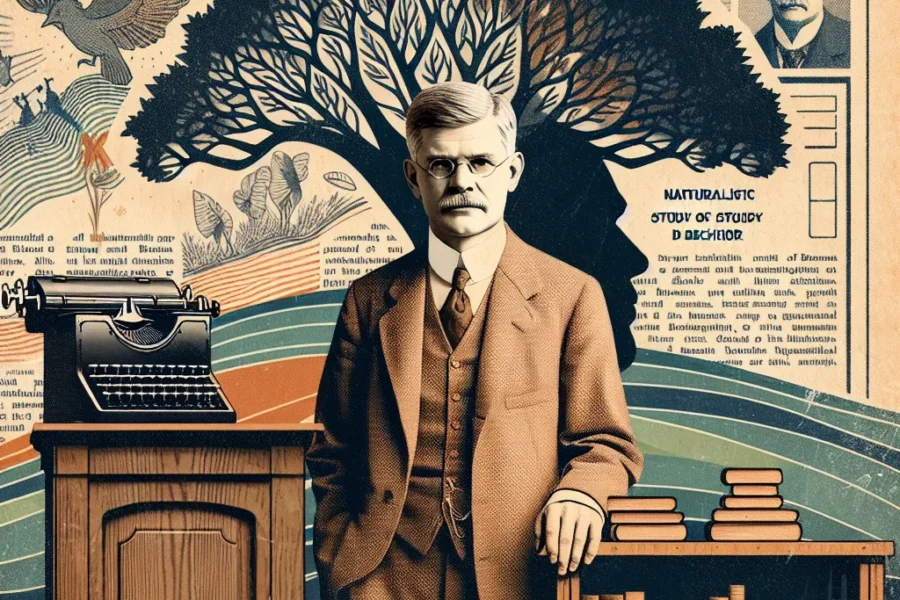Ivan Pavlov’s Influence on Classical Conditioning
Ivan Pavlov, a Russian physiologist, is a pivotal figure in the history of psychology and his work has left an indelible mark on the understanding of human and animal behavior. His groundbreaking research in the realm of classical conditioning has transcended time, significantly influencing not only psychology but also education, behavioral therapy, and various other fields.
Classical conditioning, also known as Pavlovian conditioning, is a learning process that occurs through associations between an environmental stimulus and a naturally occurring stimulus. Pavlov’s most famous experiment involved conditioning dogs to salivate in response to the sound of a bell, a stimulus which would not ordinarily elicit such a response. This experiment demonstrated how reflexes could be conditioned or learned, rather than just being innate or fixed.
Pavlov’s initial foray into classical conditioning happened somewhat by chance. While studying the digestive system of dogs, Pavlov realized that the dogs began to salivate not only when they tasted food but also when they saw his lab assistants, whom the dogs associated with the arrival of food. This anticipation and salivary response intrigued Pavlov, prompting him to delve deeper into this phenomenon.
In his experiments, Pavlov would sound a bell every time he presented food to the dogs. After a number of repetitions, the dogs began to salivate merely at the sound of the bell, even when no food was presented. This response demonstrated the principal attributes of classical conditioning: the unconditioned stimulus (food), which automatically produces the unconditioned response (salivation); the neutral stimulus (bell), which initially produces no deliberate response; and the conditioned stimulus (bell after association with food), which now elicits the conditioned response (salivation).
Understanding the mechanisms behind classical conditioning has been monumental in various applications. Behaviorists, in particular, were captivated by Pavlov’s findings and applied them to explain human behavior. John B. Watson, a prominent figure in behaviorism, expanded on Pavlov’s work and helped establish behaviorism as a dominant school of thought in psychology during the early 20th century.
Behavior therapy, which emerged later, also owes a considerable debt to classical conditioning principles. Desensitization, a technique used to treat phobias, is directly based on counterconditioning, a method where a new, pleasant stimulus is paired with the feared object or situation until the fear response is diminished or eradicated.
Educational methodologies have applied Pavlov’s theories as well. Educators use conditioned reinforcements, like praise and rewards, to encourage desired behaviors in students. The very foundation of habit formation and classroom management can be seen through the lens of classical conditioning, suggesting that the environment and systematically applied stimuli can shape and modify behavior.
Pavlov’s work also led to further discoveries about the timing and frequency of stimuli and their importance in the conditioning process. He distinguished between different types of conditioning, such as trace conditioning, delayed conditioning, simultaneous conditioning, and backward conditioning, exploring the conditions under which associative learning is most effective.
Furthermore, Pavlov’s work on the concept of extinction, where the conditioned response dissipates when the conditioned stimulus is repeatedly presented without the unconditioned stimulus, added another dimension to the understanding of how learned behaviors can be modified or unlearned over time. This concept is especially relevant in the treatment of maladaptive behaviors.
The impact of Pavlov’s work extends beyond behaviorism and behavior therapy. Cognitive psychology, which focuses on understanding internal mental states and processes, also considers the principles of classical conditioning when examining how prior associations affect perceptions, emotions, and cognitions.
Moreover, Pavlov’s influence is observable in the field of neuroscience. His investigations provided the earliest insights into neuroplasticity—the brain’s ability to change and adapt as a result of experience. Modern neuroscience continues to explore how the biological processes underlying classical conditioning contribute to learning and memory formation.
Throughout the realm of advertising and marketing, Pavlov’s principles are applied with great success. The pairing of products with emotionally charged imagery or music is aimed at creating positive associations, which can lead to a conditioned response in consumers – the desire to purchase the product.
In the contemporary digital landscape, Pavlov’s influence is seen in the design of user experiences on websites and apps. Notifications, rewards, and other prompts act as conditioned stimuli, fostering user engagement and habit formation in a process akin to classical conditioning.
In conclusion, Ivan Pavlov’s research into classical conditioning has had a profound and lasting influence on psychology and many other fields. It has proven invaluable in understanding complex processes of learning and behavior modification, informing a wide range of practical applications. From therapy to education, neuroscience to marketing, Pavlov’s work continues to echo through the corridors of scientific and social advancements, testifying to the enduring legacy of his theory on classical conditioning. His experiments have not only helped decode behavioral patterns but have also underscored the importance of associative learning as a fundamental aspect of cognitive development. The bell of Pavlov’s groundbreaking discoveries continues to ring true, echoing across the academic and practical landscapes, signaling the ever-deepening appreciation for the intricate mechanisms that underlie learning and behavior.



Leave a Comment